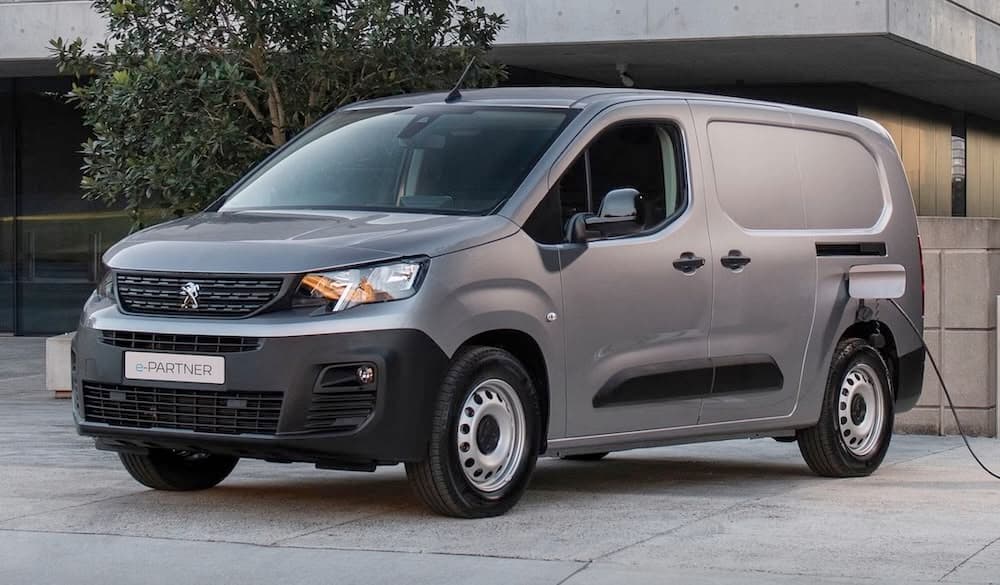Peugeot e-Partner

Price Range
$49,990
Range (WLTP)
245 km
Battery Size
50 kWh
Variants
In runout from 2025.
Performance
0-100 km/h
11.7 sTotal Power
100 kWTorque
260 NmTop Speed
135 km/hDrive
FWDRange & Efficiency
WLTP Range
245 kmWLTP Consumption
201 Wh/kmHighway Range
191 kmYour Real Range
Calculate Battery & Charging
Battery (nominal)
50 kWhBattery (usable)
45 kWhBattery type
NMCAC Charging
7.4 kWDC Charging
101 kWVehicle-to-Load (V2L)
NoDimensions & Weight
Length
4753 mmWidth
1921 mmHeight
1882 mmGround Clearance
168 mmWeight
2011 kgShape
VanSeats
2Storage & Towing
Boot Space
—Boot Space (Max)
3800 LFrunk
—Towing (Braked)
—Towing (Unbraked)
—How many Peugeot e-Partner have been sold in NZ?
There have been 50 registered to date (all NZ new).
Peugeot e-Partner registrations
Monthly units (includes new and used import)
